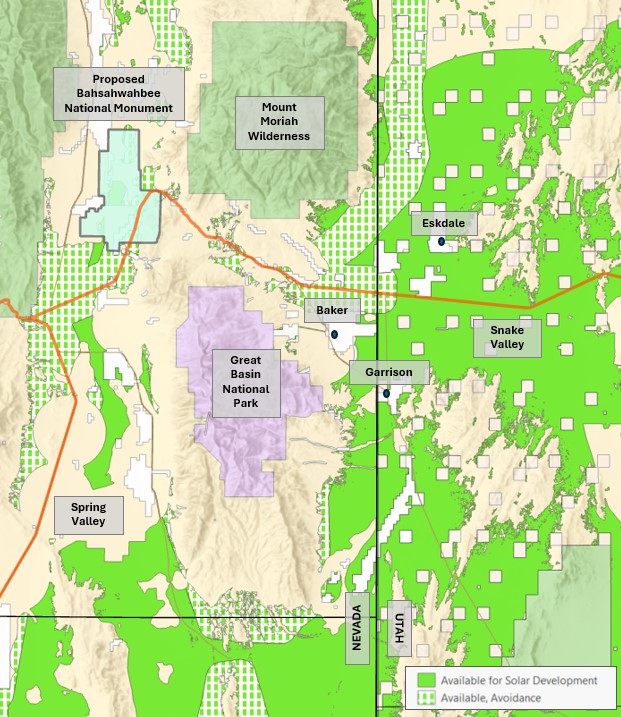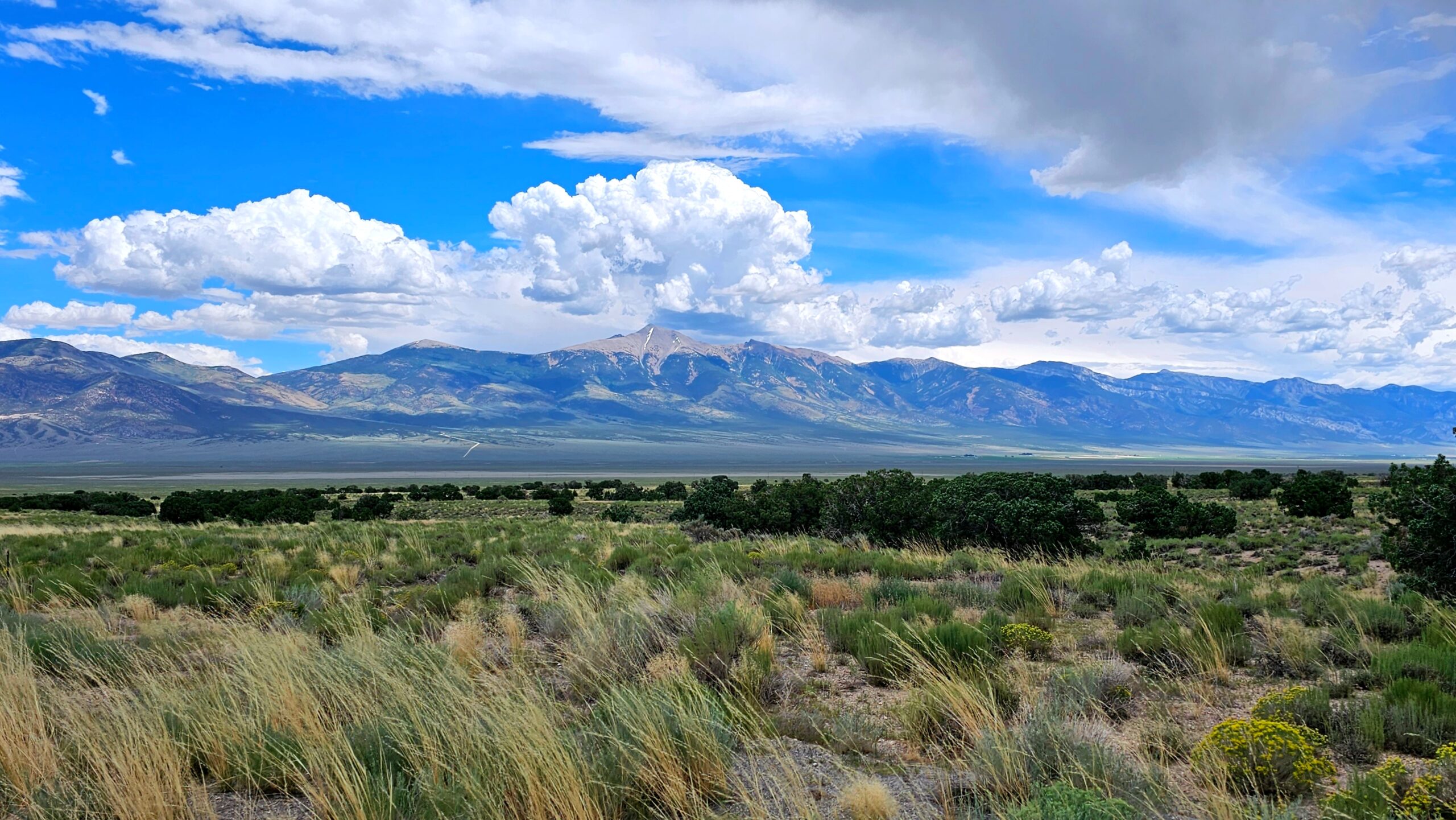After experiencing the hottest summer in recorded human history, Americans are ready for bold climate action. And the eyes of the nation have turned toward Nevada, counting on the Silver State to provide the lithium and carbon-free energy required to meet our climate goals.
However, if these projects are not thoughtfully sited, they could cause significant harm to Nevada’s wild places and wildlife.
Industrial-scale solar, in particular, can cause land disruption when built. These projects, if placed in sensitive landscapes, eliminate wildlife habitat, alter hydrology and erosion, and fragment wildlife connectivity corridors.
But there are ways to minimize these disturbances by siting projects in locations that have lower conflicts with biodiversity. Solar energy isn’t inherently destructive or bad — in fact we support it. It just has to be done right.
Nevada is one of the most biodiverse places in the country, with fragile desert ecosystems and endangered species flourishing on the state’s abundance of public lands. It’s also a very large state — and I believe there’s room in Nevada for conservation and development for the energy transition.
Unfortunately, the U.S. Bureau of Land Management’s latest attempt to promote carbon-free energy on public lands, the Western Solar Plan, falls woefully short of finding that balance. Instead, the plan puts rural Nevada on a crash course with wholesale landscape transformation. It would turn the Great Basin, one of the most remote, intact and undeveloped regions in the country, into an industrial energy production zone.

The Western Solar Plan divides up the public lands managed by BLM in all 11 Western states, allocating certain plots for solar energy development and restricting solar panels from other areas. Overall, the plan allocates 31 million acres for solar across the West. This is an area larger than the state of Pennsylvania. You can see which areas were allocated for solar and which were spared on BLM’s website.
Almost 12 million of those acres are in Nevada. With proposed transmission lines to shuttle the energy from rural Nevada to major consumption centers, particularly in California, the stage is set for a fundamental and permanent change to the character of rural Nevada.
Under this plan, some of the best-known and most beloved landscapes in Nevada would be open to solar development, as depicted on the above linked map:
- National wildlife refuges such as Ruby Lakes and Ash Meadows could have tens of thousands of acres of solar panels right on their borders.
- Great Basin National Park would be circumferentially surrounded by lands available for solar.
- The proposed Bahsahwahbee National Monument, a sacred site of incomparable value to the Western Shoshone and Goshute peoples, has 7,000 acres made available for solar within the 25,000 acres proposed for protection.
- Gerlach, gateway to the Black Rock Desert and the famous Burning Man festival, would be surrounded by lands available for solar.
- And finally our beloved Highway 50, the Loneliest Road in America, one of the best places in the Great Basin, cuts through hundreds of miles of lands available for solar.
It doesn’t have to be this way. To meet its energy transition goals, the U.S. doesn’t actually need 31 million acres for solar. The BLM’s own analysis (in Appendix C of the final Western Solar Plan) shows that we’ll likely need just 700,000 acres of public lands for solar in the next 20 years. So why open up the most sensitive places in Nevada and the West to industrial solar when a much more targeted approach would still be sufficient for our clean energy transition?
Areas with lower conflict are not elusive or unknowable — they’re readily apparent. We have lots of data about which areas have higher or lower biodiversity.
Not all public lands are pristine. Because of human-made stresses such as grazing and climate-fueled wildfire, some have converted to being dominated by invasive species, especially cheatgrass. This is particularly true along the western and central stretches of the Interstate 80 corridor in Northern Nevada.
These are areas with relatively lower biodiversity and wildlife value than other parts of the state. Thoughtful siting of solar projects in those areas could help minimize the impacts of these projects. Hundreds of thousands of acres could easily be developed in these degraded landscapes. It wouldn’t be perfect — every place is important to somebody — but it would at least put constraints on development rather than declaring open season on Nevada’s crown jewels.
In some cases, solar projects can also negatively affect adjacent communities with dust and water depletion, while it’s unlikely that rural Nevada communities will reap much benefit. Jobs associated with solar energy construction are temporary in nature — mostly during construction. One project under construction near Las Vegas was forecasted to create just 10 permanent jobs. Counties also get limited tax benefit from these projects because of the state legislature handing out partial tax abatements to solar developers.
Solar energy is crucial for the climate and it can be good for communities. But it has to be done correctly and fairly.
The BLM needs to go back to the drawing board. Far from the agency’s stated goals of facilitating more rapid solar energy development, this plan targets the most sensitive landscapes in Nevada, which will only foster more conflict and more litigation, slowing down our energy transition, not speeding it up.
We can do solar energy and conservation together. But the Western Solar Plan misses the mark. And all of us who love the Great Basin could pay the price.
Patrick Donnelly is the Great Basin director of the Center for Biological Diversity.
The Nevada Independent welcomes informed, cogent rebuttals to opinion pieces such as this. Send them to [email protected].

